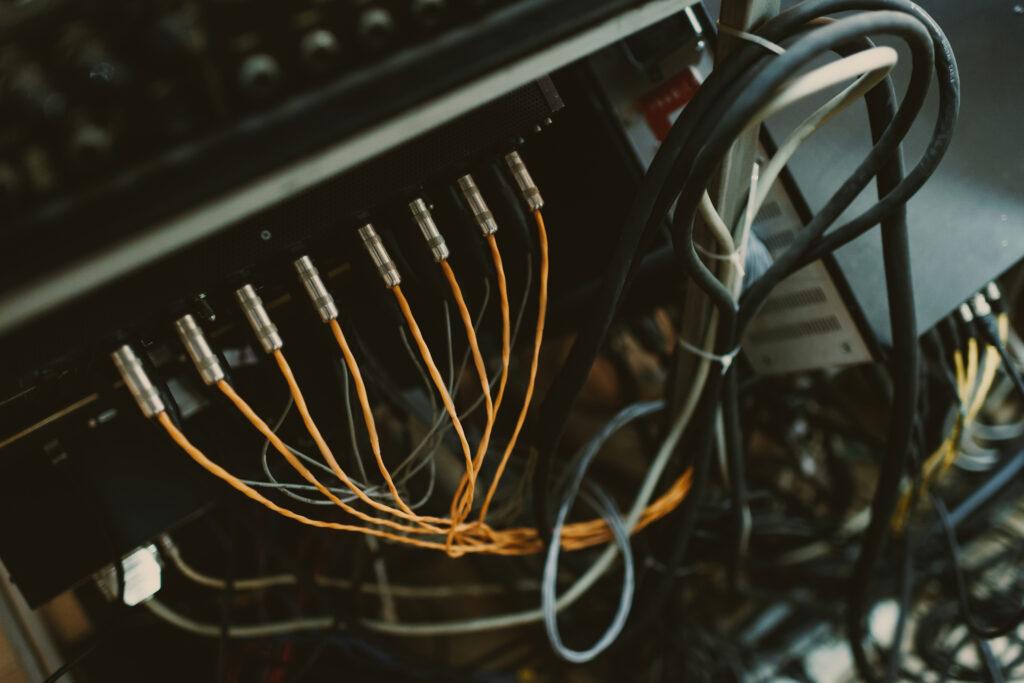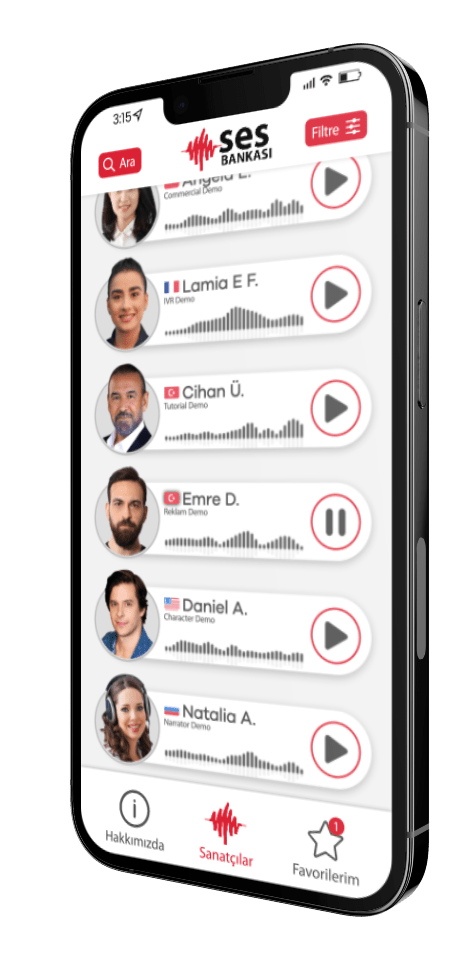What is ADC Converter?
Digital to Analog Converter (DAC) support comes into play to convert a data in digital format to analog format. Convert microphone and other analog signals to digital signals This process is often performed during. In basic terms, ADC converters can be defined as converting conditional analog signals into a digital data stream. ADC converters, which are used in many sectors, are often preferred in areas such as voice-over and dubbing.
ADC converters for pro audio and professional studioIn voiceover and dubbing agencies that use i, this track is also used for microphones. Thanks to the ADC, professionals who are interested in the field of voice can connect their microphone or line instruments to a digital platform such as a computer in the most accurate way.
ADC converter support provides great convenience in areas where audio and video displays are of great importance. This gives dubbing and voiceover agencies the technical support needed to view, store and analyze data. These parts, which offer a simple working principle, compact and portable ADC converters appears as. With this compact structure, it becomes easier to exchange data from the computer by using the ADC converter inside and outside the studio.
ADC Converter: Definition and Key Features

analog-to-digital converter Known as ADC converters, they are one of the essential parts of modern data acquisition systems. AADC converters that work to convert analog signals to digital signals, in other words, convert analog input to digital signals like a microphone that picks up sound.. The main features of ADC converters, which combine with the developing technology today and offer different advantages, are as follows;
- Analog Digital Converters use analog signals such as voltage It has an electronic circuit used to convert 1s and 0s into digital or binary form.
- ADC types in general A voltage input, such as 0 to 10 V, -5V to +5V, with the user.
- Converts analog signals directly to digital signals ADC converters are capable of processing extremely quickly.
- Depending on the ADC converter types and product models, the features available to the user may vary.
- In general, the ADC converter, eIt appears to the user with the support of a flexible input multiplexer (MUX).
- ADC converters are mostly; a low-noise programmable gain amplifier (PGA), two programmable excitation current sources, a voltage reference, an oscillator, a low-side switch, two different or four single-ended inputs has the feature.
ADC Converter Selection: Which Features to Consider
 ADC resolution and data rate are of great importance depending on the area where the converter is used. Attention is paid to the advantages offered by the ADC converter in dubbing and dubbing works where data storage and transfer are intense. The choice of ADC converter is extremely important in order to convert more data in the shortest possible time.
ADC resolution and data rate are of great importance depending on the area where the converter is used. Attention is paid to the advantages offered by the ADC converter in dubbing and dubbing works where data storage and transfer are intense. The choice of ADC converter is extremely important in order to convert more data in the shortest possible time.
There are many ADC types on the market that you can choose for your voice-over processes. Each of these converters has different design and feature support. Accordingly, ADC converters may have their own strengths and weaknesses. At this point, as a user, you need to determine your needs and expectations in order to choose the right product.
So, what should be considered when choosing between ADC converter brands and models? Here are the steps to consider when choosing a converter…
Resolution: AResolution factor is one of the most important details to be considered in DC converter selections. This factor refers to the number of output bits the ADC can generate per conversion.. At the same time, the resolution enables the determination of the smallest input signal that the system can represent.
Speed: Speed factor in ADC converter cproportional to the sampling rate of the device. That is, it refers to the highest number of conversions the ADC can process per second.
Truth: In general, accuracy focuses on the figure called the signal-to-noise ratio (SNR). In an ideal ADC to be used in dubbing and dubbing, there will be some noise as rounding must occur in order to digitize an analog signal.. It will be available. Here, the smaller the rounding error, the more accurate it can be for analog input.
Applications of ADC Converter: Use in Pro Audio and Professional Studios
ADC, which converts the analog signal into digital data that our digital system can detect, has now entered microprocessors with the development of technology. ADC converters, which occupy a large space in professional studios, are frequently used especially in the media industry. With widespread use ADC calibration and quality control factors also come into play. ADC converters are often preferred for data transfer in dubbing and dubbing processes in professional studios.
In general, ADC converters are available with 10-12 bit resolution support. However, professional studio uses may require more resolution. In this case, you can choose models with 16 and 24 bits that work externally in professional studios.
For more terms in voiceover and dubbing Voice Over and Dubbing Terms You can visit our page.



















